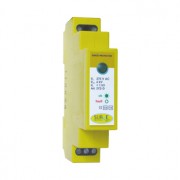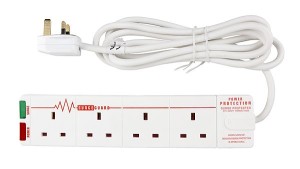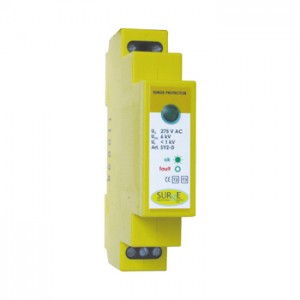Lightning & Surge Protection; What is Mandatory?
It’s all very confusing when it comes to trying to work out what’s mandatory and what’s a recommendation when it comes to lightning & surge protection. This week in our fortnightly blog we decided to try and make it all a bit clearer for you.
What is mandatory?
Lightning Protection
Lightning protection is mandatory in certain circumstances;
- If the building has external lightning protection already installed (copper tape and earth rods)
- If the building is fed by overhead power lines
Why?
- When external lightning protection is fitted: When lightning hits the external protection it travels down the copper tape to where it will be cross bonded to your incoming panel, where it connects with the earth. The reason for the mandatory requirement of lighting protection, is that only 50% of the lighting impulse will go directly to earth, the other 50% will travel through the cross bond on to the incoming panel and out on to the electrical circuits in the installation. This creates a massive risk to the life and to the property in this installation.
- When the building is fed by overhead power lines: When lighting hits the power line, we have the same problem as with the external lightning pro
tection. The lightning impulse will travel down the power line directly on to the incoming panel, where again it will travel out on to the electrical circuits in the installation.
It is more common to see church’s, schools and hospitals with external lightning protection fitted, as these are classed as high risk buildings, especially with them being public places and in most instances tall. It is less common to see domestic dwellings with external lightning protection, however it does happen occasionally. It is more common to see a domestic dwelling with overhead power lines feeding the property.
Surge Protection
Surge Protection, as in type 2 and 3, are not mandatory, although they are strongly recommended it is not a requirement to have them fitted and your electrical system will still come up to standard without them. In our last blog we discussed the reasons why you would want to fit surge protection in your own home.
I hope this has made it a bit clearer for you, if you need any more advice on what sort of protection you need to be either fitting or recommending, please give us a call on 01484 851747 or you can send us an email through our contact form.
Our website has a great product selector page, to find out which device you need please click here.
Thanks for reading, Helen Johnson





